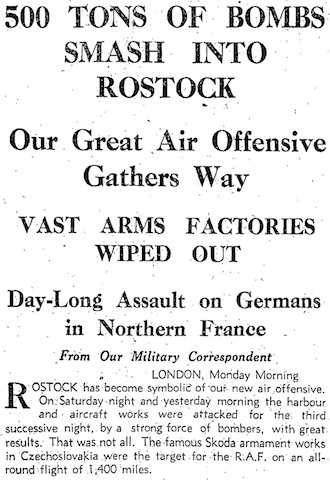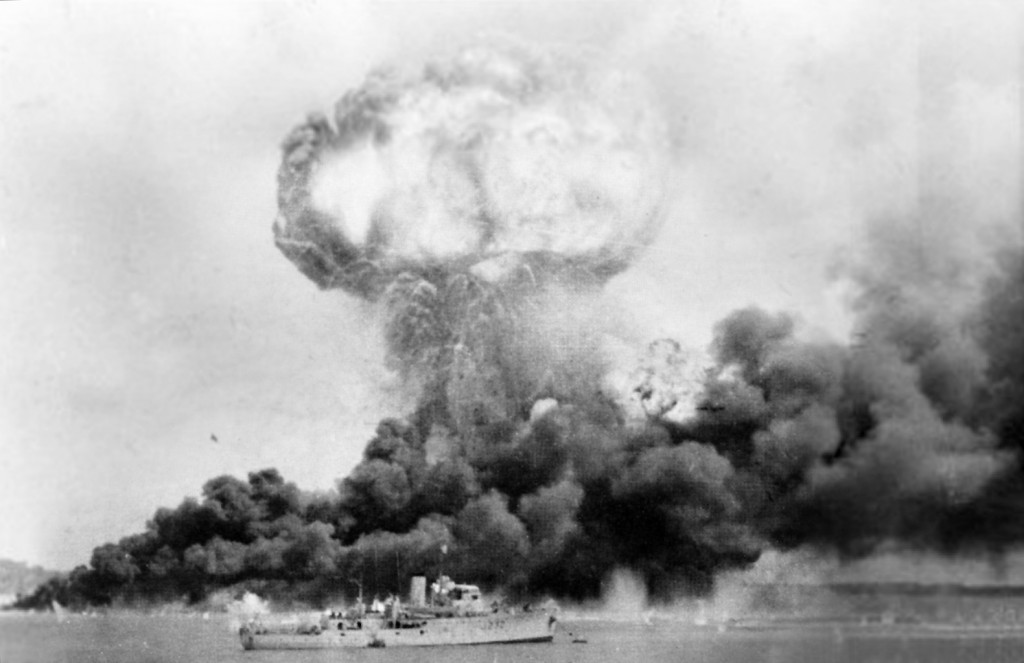Wednesday, 29 April 1942
The situation in Burma is getting worse, as the Daily Mirror (above, 1) and most other papers note in their lead stories. The whole length of the vital Lashio-Mandalay railway is in grave danger as five Japanese divisions, totalling 100,000 men, supported by panzers and bombers, are storming the southern edge of the Upper Burma […]






